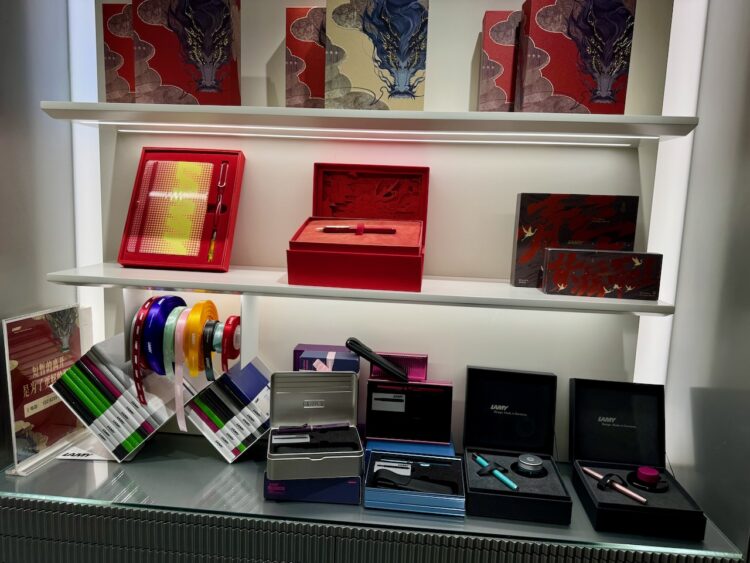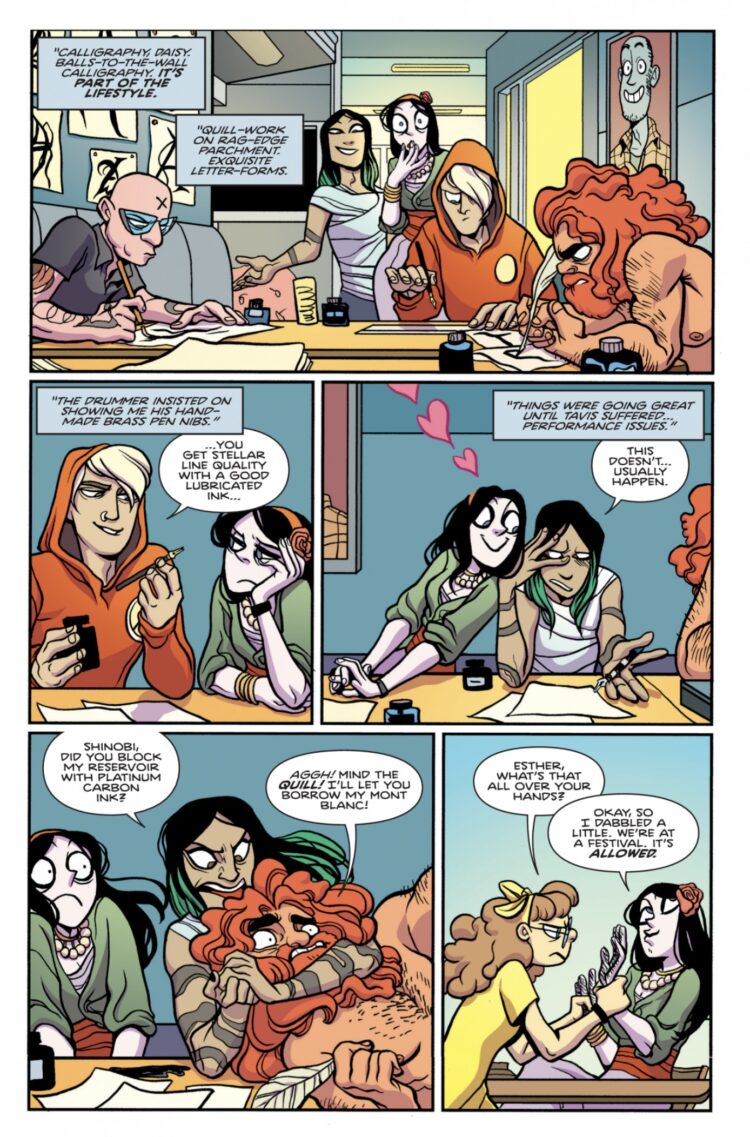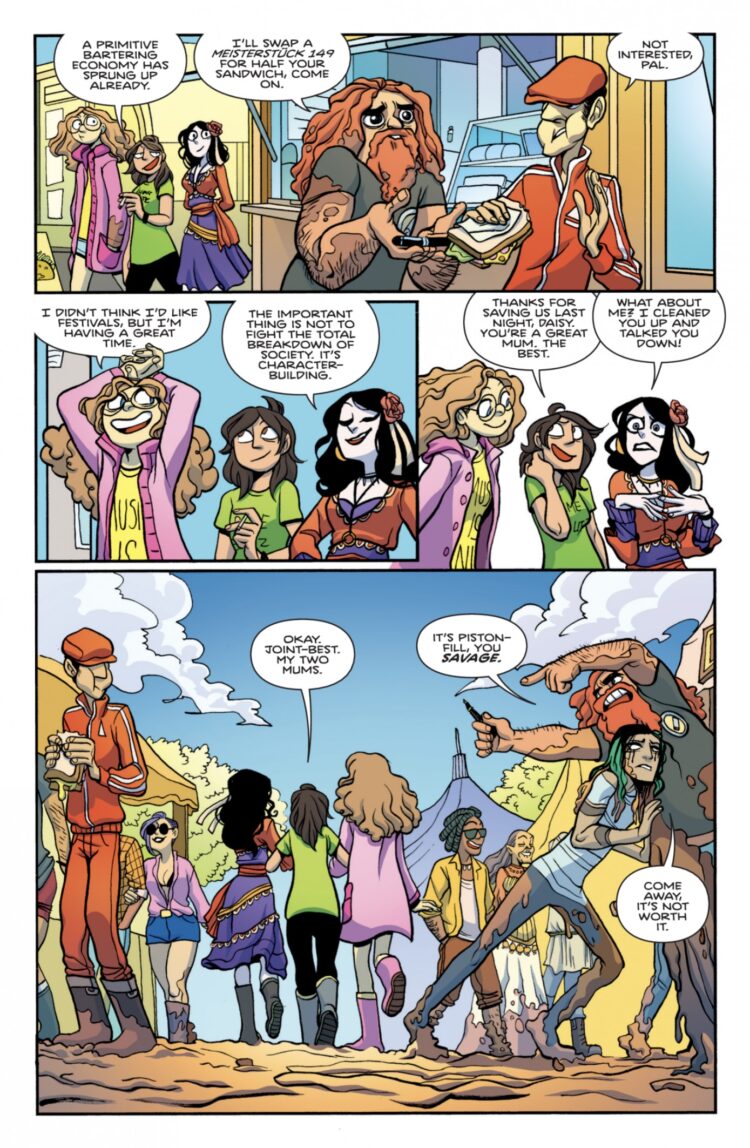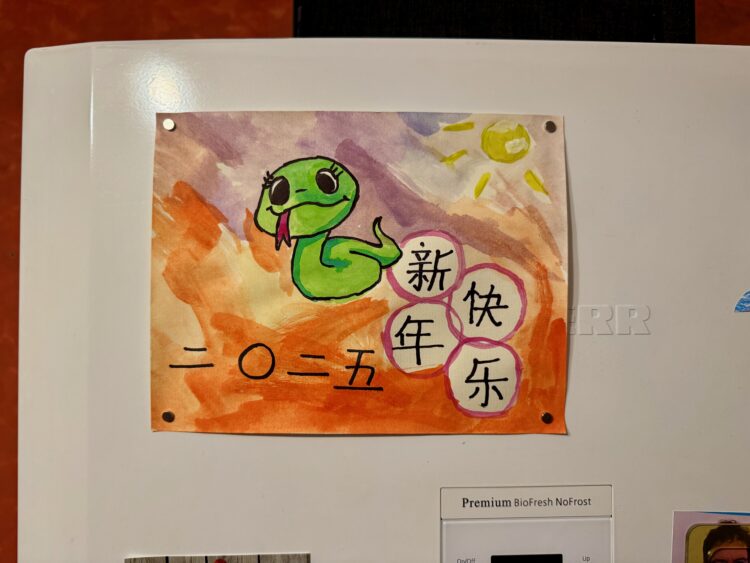Lamy’s Song Dynasty Safari

When in Shanghai, I like to visit Lamy stores. Unlike Lamy stores in Europe, they tend to offer lots of special editions. My best guess is that I am not only amazed by the quantity of these special editions but also by the quality.

Originally, I was trying to find two specific items: The Lamy Safari Field Green because it looks beautiful and the Hanzi nib because I want to experience how it writes. The Hanzi nib is made for writing Chinese script. I used Google Translate to translate an explanation into English, see below.

Unfortunately, the Field Green Safari was impossible to find in Shanghai: it was neither available in the Lamy stores, nor was it available on Chinese online market places. This came as a surprise because imported pens are often available via online market places at good prices – for example, it was easy and not expensive to get the uni-ball Signo Needle in Japan-exclusive colours. I also got the Pilot Custom Heritage 91 for a really good price.

Back to Lamy: On the trip to Shanghai last year, I bought three different special editions. I will write more about the Hanzi nib another time (spoiler, I got one), but today I want to show you another special edition: The Song Dynasty edition Safari in Jade White. There is also a Sky Blue version available, also very beautiful.

It also came with free engraving, so I made use of this offer. Below is a short video that shows how my pen got engraved. If you look at the barrel of the pen, you can see the characters appearing.

You can also see more of the pen and its packaging in the unboxing video below.
Another special edition is the Lamy Leben set, as seen in this advertising.


Pokemon sets were also still available, but I had already seen these at previous visits.

Some more impressions from this Lamy store.

I hope you liked the look at the Song Dynasty Edition Safari. You can find an overview of other Lamy Safari editions at Stationery.wiki. Please feel free to contribute to the article.

It’s always exciting to find new and unique editions when visiting Lamy stores in Shanghai. To be fair, they are usually just the same pen in a different colour, but if that colour appeals to me I am happy to add it to my collection. In this case the colour is beautiful like the griso and the cream Safari’s colour.
Lamy’s Song Dynasty Safari Read More »







